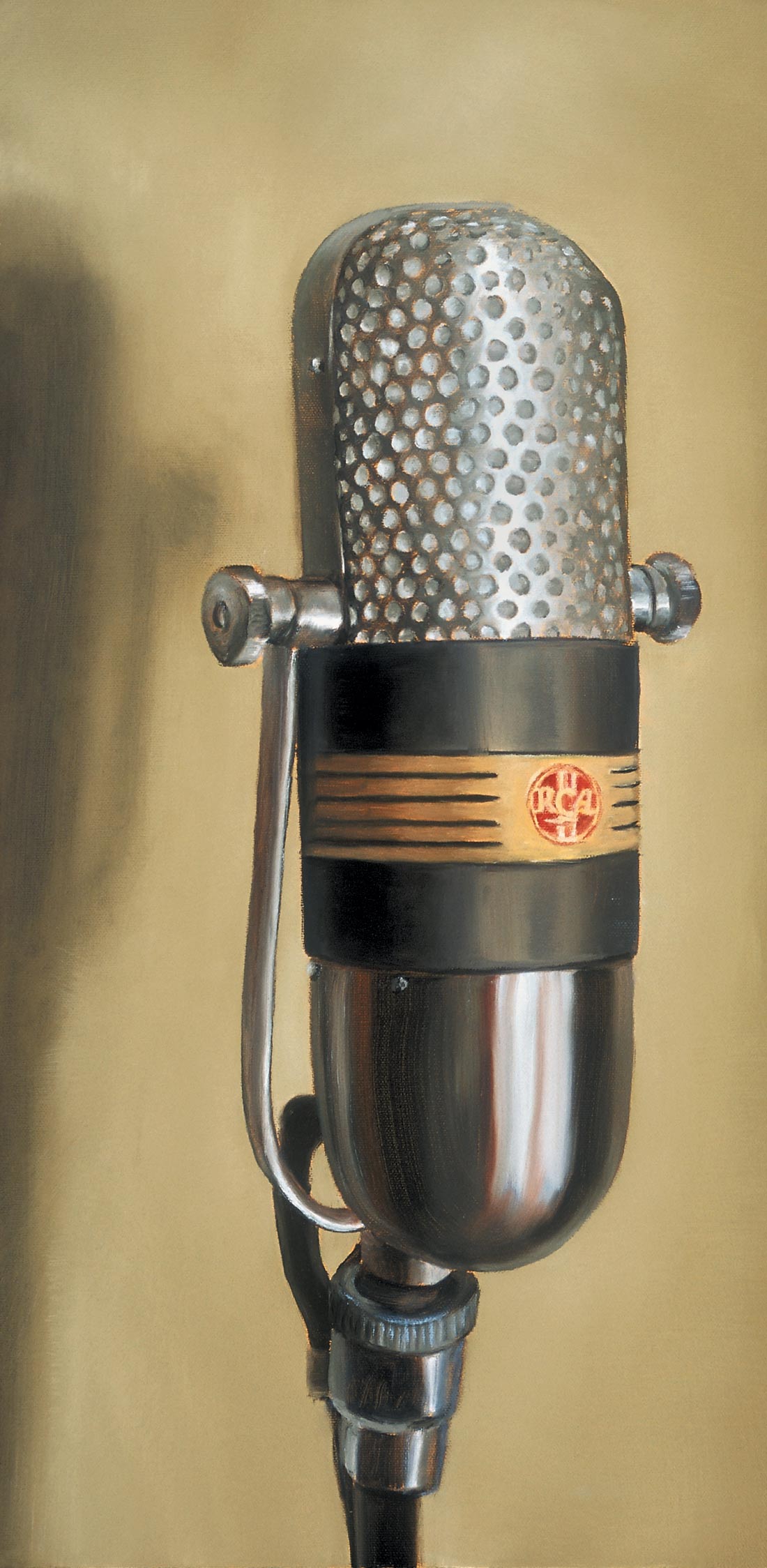Just when you think that life couldn't get any sweeter, along comes Peavey to put the Pro into its groundbreaking Kosmos boom box, creating the next wave of over-the-top and under-the-bottom bass generation. And that's not all. The high frequencies are not only enhanced, as Peavey modestly puts it, they jump right out of the speakers taking whatever sounds are being processed with them in a completely natural and wholesome fashion. Pure genius. A fanatically obsessive, don't-mess-with-my-sound classical musician would have no idea that the Kosmos Pro was enhancing their cello or Stradivarius. They would simply think the instrument was in the room with them and marvel at its realistic sound quality.
The Pro model does this by adding parameter functions in both the sub and high-frequency spectrums. Frequency flexibility and control is dramatically increased. Now you can dial in exactly what you want. Kosmos has hit an all time high in the field of subharmonic synthesis with the ability to fine tune low end in an extremely precise way. The range is anywhere from the broad, massive bottom end reminiscent of an 808 kick drum or a Jah Wobble bass rumble to a narrow- band function that discreetly adds punch to the bass and drums without sounding processed. It does so with three rotary potentiometers labeled Quake, Dynamics, and Thud. Quake and Dynamics work in tandem, with Quake controlling the level of the added bass harmonics-an octave below the program source-while Dynamics determines the "looseness" or "tightness" (those are the extreme parameter values) of the bass. It sounds like a bandwidth control to me. Peavey says that the circuitry is continuously monitoring the input signal for bass content and that the Dynamics control modifies the bass tracking parameters. Associated with these two functions is a switch labeled Subterranean Shift. When switched in, the center bass frequency is lowered into an almost inaudible, earthquake-inducing range. I prefer it switched out. The Thud pot adds higher bass frequencies and is independent of the Quake control. It too has a switch called Deeper that narrows the bandwidth by filtering out the higher frequencies of its range.
Where the Pro has significantly improved sonically is in the exciter function, labeled Xpanse. The original Kosmos had an Xpanse function that could verge on harshness or a hyper-realistic top end unless used sparingly. Now it's much sweeter. It can pull a sound out of the mix without making it sound brittle or unnatural. I have used it on strings, guitars, background vocals, and lead vocals very effectively. It now has three parameter functions for greater tunability: Xpanse, Barometrics, and Stratos. The first two work together again. Xpanse controls the level of Barometrics. The position of the Barometrics control determines the balance between phase manipulation and high-frequency harmonic boost. The frequencies boosted sound to me to be in the 5-7 kHz range. The phase manipulation is subtle but noticeably effective. There is no worry of weird out-of- phaseness that would cancel processed sounds when summed in mono. The Stratos pot works independently and adds higher harmonics in the 10-14 kHz range.
Other front panel features include a Subwoofer level control and a switch that cuts the subharmonic frequencies from the main outputs. This enables a separation of the sub and high-frequency outputs when the unit is used with a dedicated subwoofer speaker. A mono subwoofer output jack is provided on the back panel. There is a blue LED power indicator light on the far right and a red led global bypass light on the left. Be careful, I originally thought the red light meant that power was on. Between the single input and output level controls are left and right LED metering, switchable between the input and output signals. The level controls have an indentation at the 12 o'clock position to indicate unity gain.
The back panel is very similar to the original Kosmos but with two excellent additions. The stereo inputs and outputs are balanced with a choice of XLR or 1/4'' connections and a 1/4'' subwoofer output set at a 90 Hz crossover point. The nominal analog input level is +4 dBu, while its maximum output level is rated at +22 dBu. A brilliant addition in this age of digital audio workstations is an S/PDIF digital input and output. An input select switch determines analog or digital inputs. The unit can act as an analog to digital converter in which case it defaults to a 44.1 kHz sample-rate. If receiving digital input, it will automatically lock to the incoming clock rate. The second addition is a mono switch.
I have used the Pro in both live and studio situations with excellent results. The sound is big and fat without getting in the way. It's very fast; no extraneous bass decay hangovers to cloud up the sound. Xpanse will put a searingly-fast lead guitar solo (from, in this case, Buckethead) in the face of 80,000 fans at the Mt. Fuji Rock Fest and highlight the articulation of every note without ripping your ears out or sounding unpleasant. In the studio, it has miraculously rescued a flat, lifeless bass drum, extending harmonics in both directions to create a tight punchy kick sound well able to anchor and support the high-energy music it was playing. My only criticism is with the otherwise excellent manual. There is a bizarre recommendation to use earplugs while operating this unit. While the necessity for hearing safety is undeniable, there are other ways to handle loud-volume applications. The author of this safety instruction has obviously either never engineered anything or was pressured by some regulation.
The Kosmos Pro is indispensable. It can be used to great advantage in many different situations and applications. I won't leave home without it, unless one is there already. ($669.99 MSRP; www.peavey.com)




_disp_horizontal_bw.jpg)